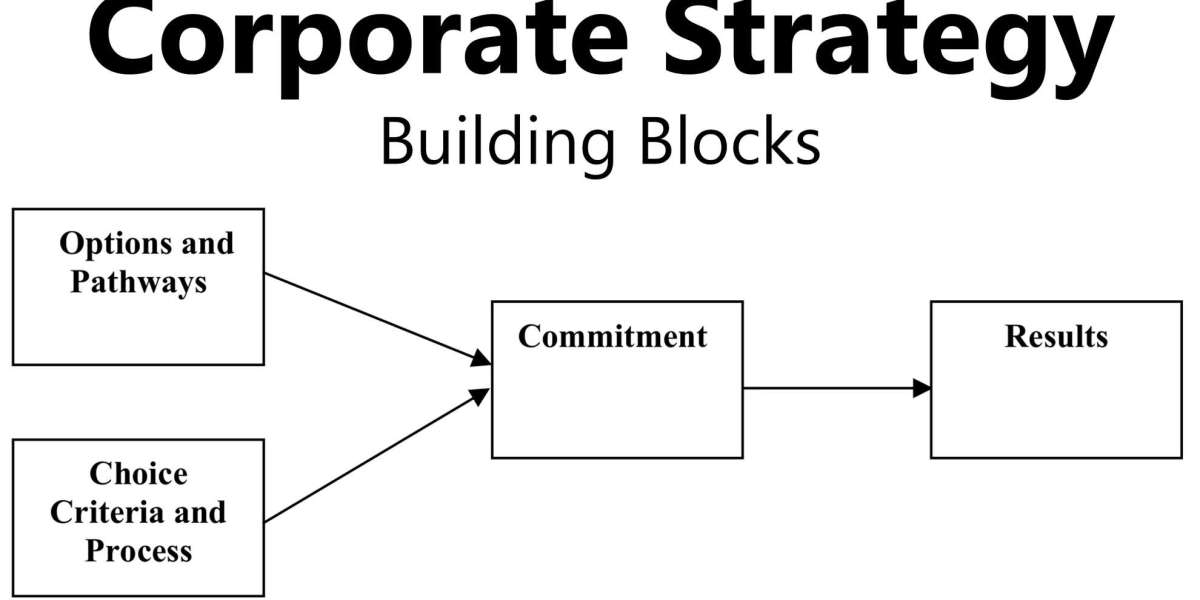When it comes to making smart real estate investment decisions, one of the most important steps is conducting a thorough neighborhood analysis. A property’s value, rental income potential, and long-term profitability are not determined by the home alone but are largely influenced by the surrounding neighborhood. Investors who overlook this crucial step often find themselves facing higher vacancy rates, lower returns, and unexpected challenges. On the other hand, investors who understand how to analyze neighborhoods effectively are better equipped to identify properties that provide reliable cash flow, tenant stability, and long-term appreciation.
Neighborhood analysis is not just about looking at property prices; it’s about evaluating the entire environment where the investment will exist. From schools and crime rates to employment opportunities and future development plans, every factor plays a role in shaping the desirability of an area. Let’s take a closer look at why neighborhood analysis is vital, the factors investors should consider, and how it directly impacts real estate success.
The first and most obvious factor in neighborhood analysis is rental demand. Investors need to determine whether people actually want to live in the area. High rental demand typically means lower vacancy rates and stronger rental income. For example, neighborhoods near universities, business districts, or major employers usually experience consistent demand from students, professionals, and families. Conversely, areas with declining populations or limited job opportunities may struggle to attract renters. Understanding the tenant base helps investors align their strategies with the type of renters most likely to occupy the property.
Another essential aspect of neighborhood analysis is crime rate evaluation. Safety is one of the top concerns for renters, and neighborhoods with high crime often experience lower demand, higher turnover, and potential property damage. Investors should review crime data and talk to local residents to get a realistic understanding of safety conditions. Properties in safer neighborhoods typically command higher rents and attract long-term tenants, making them more stable investments.
School districts also play a huge role in neighborhood desirability, especially for family-oriented rental markets. Good schools not only increase property demand but also contribute to long-term appreciation. Even if an investor does not plan to rent to families, properties located in strong school districts often retain higher resale value. This makes school performance an indirect but powerful factor in overall investment returns.
Employment opportunities in or near the neighborhood are equally critical. Areas with growing job markets tend to attract renters and homebuyers alike. If a major employer is located nearby, or if the area is experiencing economic growth, demand for housing will naturally rise. On the other hand, neighborhoods with limited employment options may face stagnant or declining rental demand. Investors should keep a close eye on local economic trends, business developments, and infrastructure projects when evaluating neighborhoods.
Another important factor to consider is accessibility and amenities. Tenants often prefer neighborhoods that offer convenient access to transportation, shopping centers, restaurants, healthcare facilities, and recreational spaces. Proximity to highways, public transportation, and airports can significantly impact rental desirability. A neighborhood with poor infrastructure or limited amenities may struggle to attract renters, while one with strong connectivity and lifestyle options can command premium rents.
Neighborhood analysis also involves evaluating property value trends. Investors should research whether property values in the area are appreciating, stagnating, or declining. Historical data, market reports, and local real estate insights can help forecast future trends. An appreciating neighborhood indicates growth and stability, while a declining one may signal risk. Identifying neighborhoods in the early stages of gentrification can be particularly profitable, as investors can purchase properties at lower prices before demand drives values up.
A related consideration is the rental yield and cash flow potential. Investors need to calculate the rent-to-price ratio in the neighborhood. In some areas, properties may be affordable, but the rental income does not justify the investment. In others, higher property prices may be offset by strong rental demand and higher monthly rents. Understanding the balance between cost and income ensures that the investment is financially sustainable.
Future development plans are another critical component of neighborhood analysis. Cities are constantly changing, and upcoming projects such as new highways, shopping malls, business centers, or schools can dramatically increase a neighborhood’s desirability. Conversely, developments like landfills, factories, or prisons can reduce property values and tenant demand. Reviewing city planning documents and speaking with local officials can provide valuable insights into the neighborhood’s future trajectory.
Investors should also evaluate the demographics of the neighborhood. Who lives there? Is it primarily families, students, retirees, or professionals? Each demographic has different needs and expectations, and understanding them allows investors to tailor their property choices accordingly. For instance, a neighborhood with a large student population may benefit from smaller, affordable units near campus, while a family-dominated neighborhood may favor larger homes with multiple bedrooms.
Walkability and lifestyle appeal are becoming increasingly important in neighborhood analysis. Many tenants today prioritize walkable neighborhoods with easy access to cafes, parks, and local businesses. Areas that offer a sense of community and lifestyle appeal can often command higher rental prices and attract longer-term tenants.
Finally, investors should factor in competition and market saturation. If a neighborhood already has a high supply of rental properties, it may be difficult to stand out or maintain strong occupancy rates. On the other hand, an undersupplied rental market presents a strong opportunity for investors to meet demand. Evaluating the balance between supply and demand ensures that the property does not become lost in an oversaturated market.
In conclusion, conducting a thorough neighborhood analysis is one of the most critical steps for real estate investors who want to minimize risks and maximize returns. A property may look appealing on paper, but without understanding the broader neighborhood context, investors can easily overlook hidden challenges. By evaluating rental demand, crime rates, schools, employment opportunities, amenities, property value trends, demographics, and future development plans, investors can make informed decisions that lead to profitable, long-term success.
Smart investors know that the right neighborhood can turn an average property into a high-performing asset. Whether you’re investing in single-family homes, multi-unit properties, or short-term rentals, the surrounding environment matters just as much as the building itself. With the right neighborhood analysis, real estate investors can confidently identify opportunities that align with their financial goals and build portfolios that thrive for years to come.







